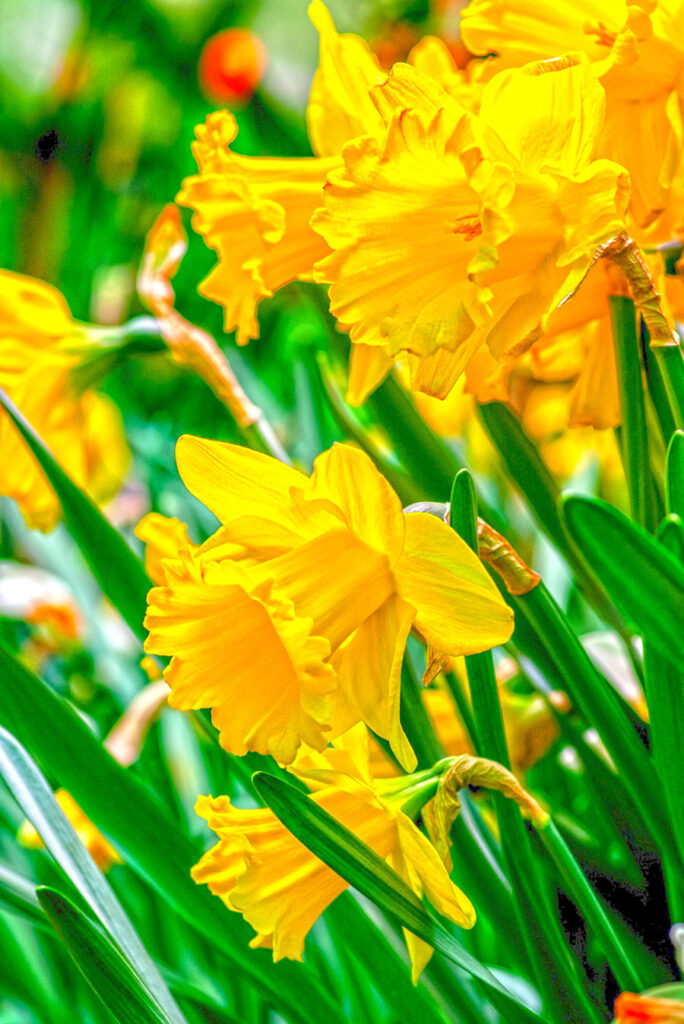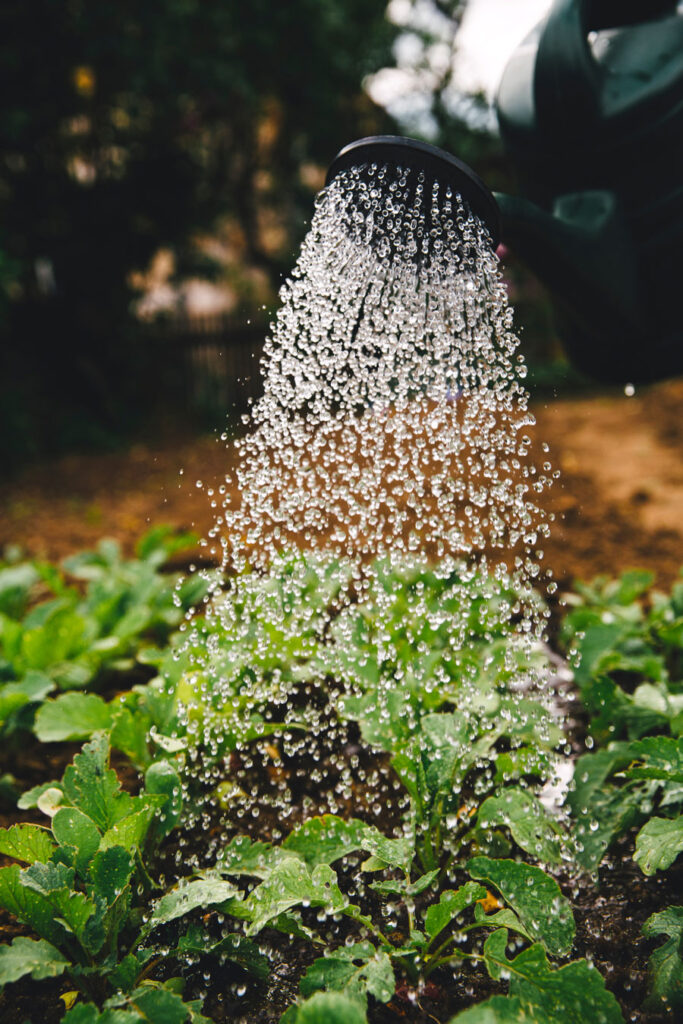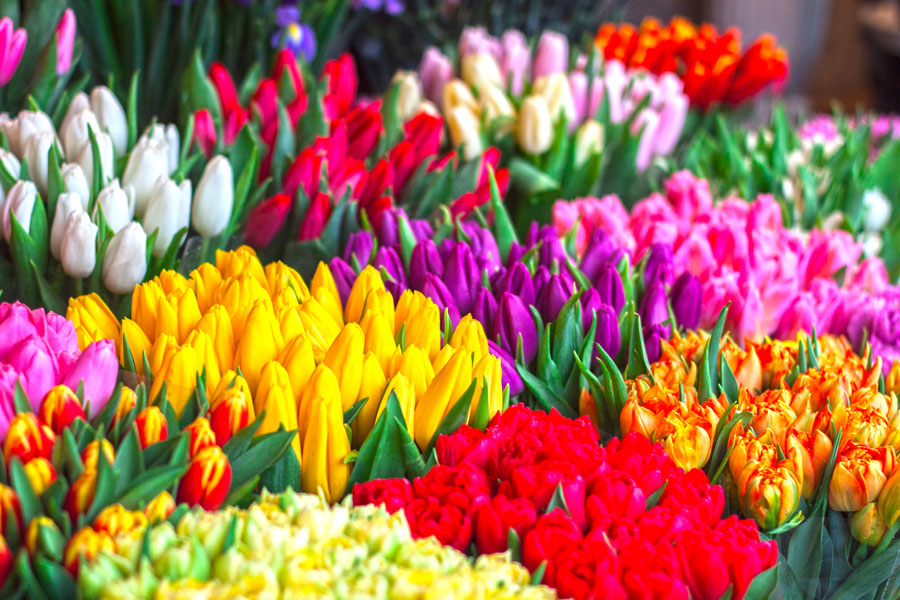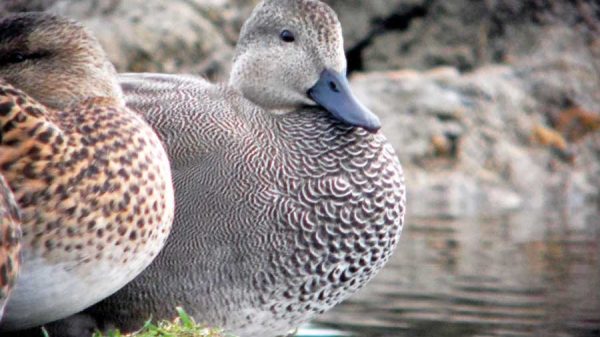A busy time in the garden, everything is growing and demanding attention, grass, flopping plants in the borders, early flowering shrubs to be pruned and that’s before we mention the seedlings, weeds of course and those we are growing for the flower and vegetable garden. Where do we begin? Well thats easy, make yourself a cup of tea (or coffee), a warm drink and a wander is the order of the day, find a dry seat in the garden and take out your notebook and pencil. Making lists is a great way of getting things into some kind of order although as it expands it can be a little scary, it’s quite clear, there are not enough hours in the day, time for another brew, its definitely a two brews time of year!

As we move from snowdrops and aconites to daffodils and tulips its the spring bulbs that are the mainstay of garden colour at this time of year. As the flowers fade we often overlook the fact that the plant has to build up reserves to provide a display next year so it is good practice to remove the faded flowers unless that is you have an acre of daffodils. It does concentrate the plant on its bulbs rather than producing seed. It is also good practice to apply a dressing of general fertiliser just after you remove the flowers. Any general organic pelleted fertiliser will do, I generally use a chicken pellet fertiliser, it’s fairly cheap and can be used on fruit, flowers and vegetables. If your flowering bulbs are coming up blind it can be an indication that they are becoming congested and ideally need lifting and dividing. Some bulbs like snowdrops, bluebells and aconites can be lifted whilst they still have leaves on, gently pulled apart and replanted in small clumps. They can go back into the area you lifted them from with a little fertiliser and watered in. Most bulbs however are generally divided after the foliage has died down. It’s a good idea to put a small garden cane in the ground where they are growing so that you can see which clumps you want to divide. Lift the bulbs with a fork and shake most of the soil off, this will allow you to check that there are no grubs eating the roots before you replant them. They can be stored in a dry cool shed until late August but I usually plant them straight away as it is all to easy to forget them and find a shrivelled bag of bulbs next winter. When replanting dormant bulbs they don’t need watering in.
Making salad leaves attractive to eat is often a challenge but modern growing techniques mean that we are increasingly seeing fresh young mixed salad leaves available through local shops and supermarkets and of course local restaurants and cafes. Salad leaves are generally just young seedlings and are fairly easy to grow. Some will be ready to harvest in three weeks from sowing, they can be grown all year round in small containers on your windowsill and whilst they may not provide a hearty meal they will add colour and flavour, to any meal or sandwich.
Seeds are available by mail order or from your local garden centre or nursery including mixed leaves form mild to spicy and of course peas specifically bred for pea shoots. Many of our commonly grown vegetables can be grown as micro leaves, so any leftover packets of things like beetroot, cabbage, cauliflower and kale can be sown in shallow containers or even a length of guttering filled with fresh compost. Sprinkle the seed on the surface, firm gently to make sure the seed makes good contact with the compost and sprinkle a light covering of compost over the top.

Water carefully with a watering can fitted with a fine rose, or better still sit the container in a bowl or tray with an inch of water in the bottom and the soil will draw the water up. Leave for about ten to fifteen minutes and then empty any residual water out of the tray and place the container in the tray on the windowsill. If it’s a particularly sunny day move the container out of direct sunlight as the hot sun through glass can damage the seedlings and dry the compost too quickly.
There is nothing quite like the taste of home grown strawberries and they are a fairly easy fruit to grow, ideal for containers and where you don’t have a lot of space. Spring is a good time to feed strawberries, indeed any fruit will benefit from a spring feed of general fertiliser to give them a good start. Next to feeding watering is the next most important thing, especially in containers. Keep a close eye on the plants as the fruit starts to develop and water regularly to avoid the compost drying out, a liquid feed every two weeks will help increase the size and crop, a tomato fertiliser is perfect.
Happy Gardening, Martin
Next month, (stopping the flop, staking annuals and perennials, potting up tomatoes and taking softwood cuttings.)
Top Tip –
Flopping Tulips

There is nothing quit like a vase of fresh flowers to brighten up your house and at this time of year cut spring bulbs like daffodils and tulips are readily available and will add a splash of colour to a few sprigs of evergreen foliage or willow twigs.
Whenever you buy fresh cut flowers it is a good idea to ‘Condition’ them, this simply means preparing them to give the best display possible, removing any damaged stems or leaves and re cutting the stem. The stem has a number of tubes which carry nutrient and water to the flowers and leaves and where the flower is cut the stem starts to dry and shrinks the end of the tube, especially when the flowers are sold as what we call dry bunches, not stood in a vase of water. Cutting the bottom inch of the stem exposes fresh open tubes which will draw water much better. Once cut place the stems in fresh deep water, ideally about two thirds their length. Place the container in a cool shady place overnight before arranging them in a vase for display the following day.
Whilst daffodils are fairly trouble free, tulips on the other hand can be annoying, especially when the flower seems to flop like they have fallen asleep on the stem. If this happens it is normally due to an air bubble in the stem tubes which stops the water from moving up the stem making the flower flop. Take a pin and carefully push it through the stem just behind the flower head, push it right through then take it out and place the stem in deep water, (two thirds the depth of the stem), this should release the air and the flower should stand up.
Finally a tip for all cut flowers is to never place them in a room where there is a fruit bowl, the gasses given off by fruit hasten the development of the flowers and they will not last as long.







